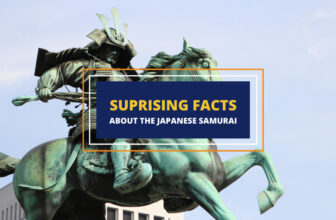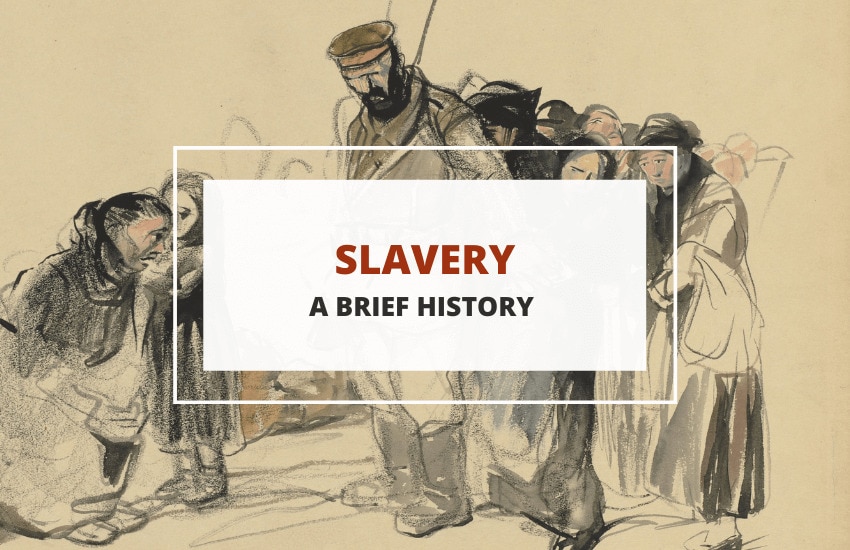
Table of Contents
Different people imagine different things when they hear the word “slavery”. What you understand by slavery can depend on where you’re from, what type of slavery you’ve read about in your own country’s history books, and even on the bias of the media you consume.
So, what exactly is slavery? When and where did it start and end? Has it ever ended? Has it truly ended in the US? What are the key turning points of the institution of slavery throughout world history?
While we admittedly can’t do a fully detailed analysis this article, let’s try and touch on the most important facts and dates here.
The Origins of Slavery
Let’s start at the beginning – was slavery present in any form during the earliest parts of human history? That depends on where you choose to draw the starting line of “human history”.
By all accounts, pre-civilized societies didn’t have any form of slavery. The reason for that is simple:
They lacked the social stratification or social order to enforce such a system. In pre-civilized societies there weren’t any complex hierarchical structures, set-in-stone work division, or anything of the sort – everyone there was more or less equal.
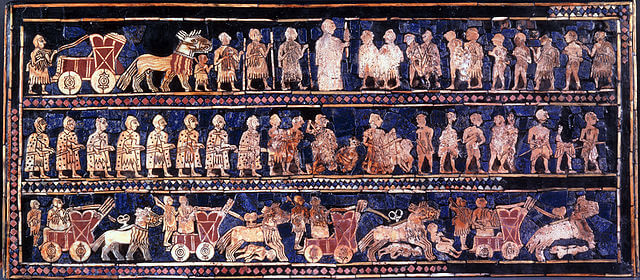
However, slavery did appear with the very first human civilizations we know of. There is evidence of mass slavery as early as 3,500 BCE or over 5,000 years ago in Mesopotamia and Sumer. The scale of slavery back then seems to have been so massive that it was already referred to as “an institution” at the time and it was even featured in the Mesopotamian Code of Hammurabi in 1860 BCE, which distinguished between the freeborn, freed, and the slave. The Standard of Ur, a fragment of a Sumerian artifact, depicts prisoners being brought before the king, bleeding and naked.
Slavery is also frequently mentioned in the various religious texts from that time, including the Abrahamic religions and the Bible. And although many religious apologists insist the Bible only talks about indentured servitude – a short-term form of slavery often presented as an “acceptable” method of debt repayment, the Bible also talks about and justifies war captives slavery, fugitive slavery, blood slavery, slavery through marriage, i.e. the slave owner possessing the wife and children of his slave, and so on.
All this isn’t a critique of the Bible, of course, as slavery indeed was present in almost every major country, culture, and religion at the time. There were exceptions but, unfortunately, most of them ended up conquered and – ironically – enslaved by the larger slavery-powered empires around them.
In that sense, we can look at slavery not as a natural and inevitable component of human nature, seeing that it didn’t exist in pre-civilized societies. Instead, we can view slavery as a natural and inevitable component of hierarchical societal structures – particularly but not exclusively, authoritarian societal structures. As long as a hierarchy exists, those at the top will try to exploit those at the bottom as much as they can, to the point of literal slavery.
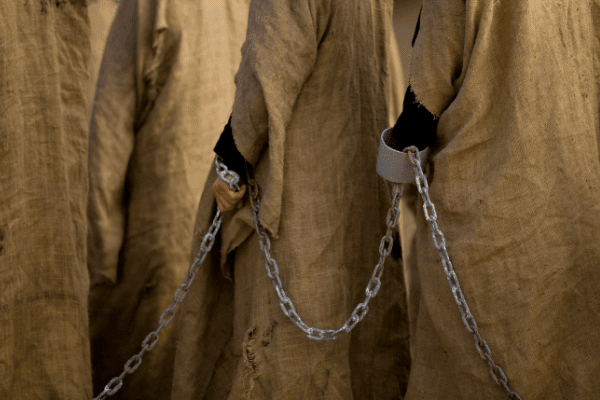
Does this mean that slavery was ever-present in all or most major human societies of the past 5,000 years?
Not really.
Like most things, slavery also had its “ups and downs”, so to speak. In fact, there were instances of the practice being outlawed even back in ancient history. One such famous example was Cyrus the Great, the first king of Ancient Persia and a devout Zoroastrian, who conquered Babylon in 539 BCE, freed all slaves in the city, and declared racial and religious equality.
Still, to call this an abolishing of slavery would be an overstatement since slavery did make a resurgence after Cyrus’s rule and also existed in most adjacent societies such as Egypt, Greece, and Rome.
Even after both Christianity and Islam swept over Europe, Africa, and Asia, slavery continued. It did become less common in Europe during the Early Middle Ages, but it didn’t disappear. The Vikings in Scandinavia had slaves from all over the world and it’s estimated that they comprised about 10% of the population of Medieval Scandinavia.
Additionally, Christians and Muslims alike continued enslaving war captives during their long wars with each other around the Mediterranean. Islam, in particular, spread the practice throughout vast parts of Africa and Asia going all the way to India and lasting up to the 20th century.
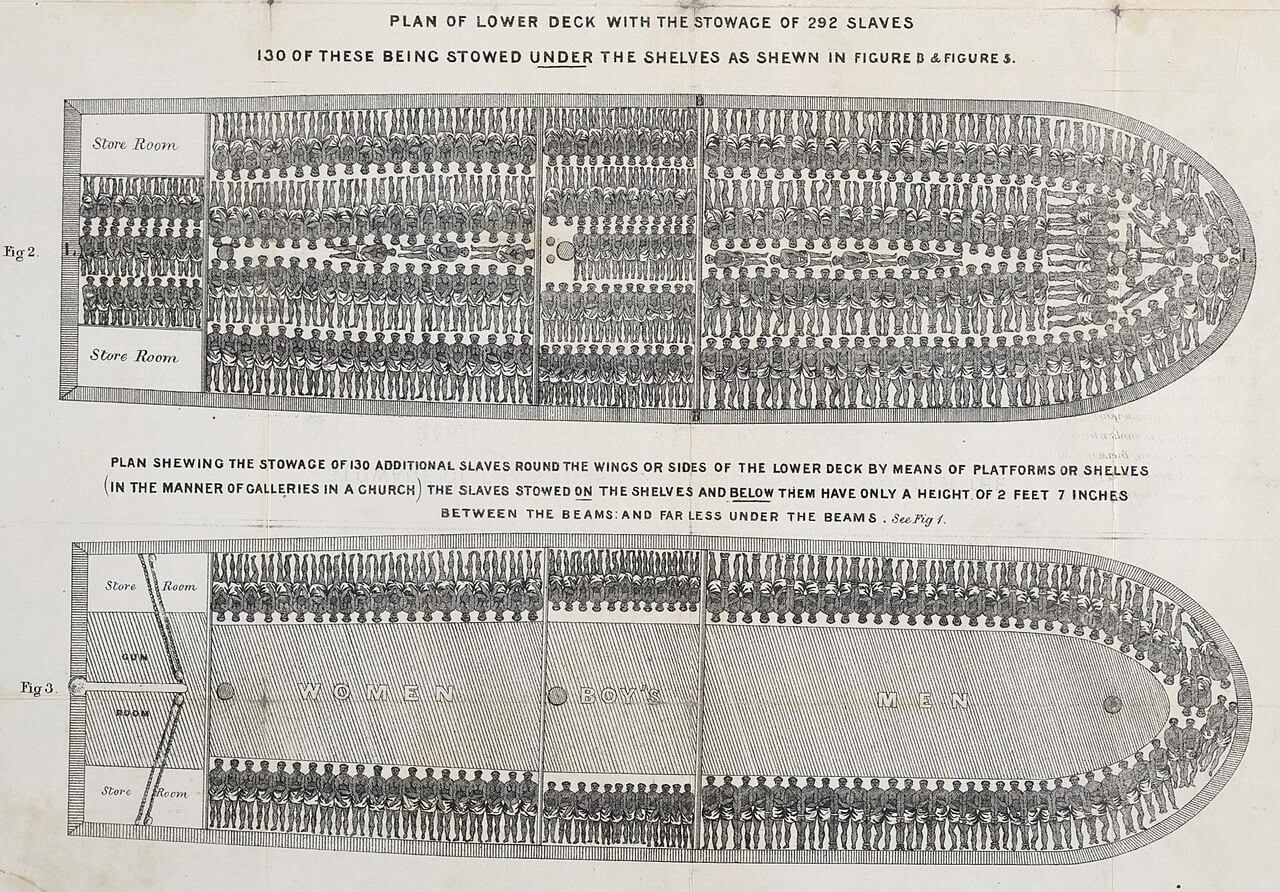
Meanwhile, Christians in Europe managed to establish a whole new slave institution – the transatlantic slave trade. Starting in the 16th century, European merchants began purchasing West African captives, often from other Africans, and shipping them to the New World to fill the need for a cheap workforce needed to colonize it. This further incentivized wars and conquest in West Africa which continued the slave trade until the West began abolishing slavery in the late 18th and 19th centuries.
Which Was the First Country to Abolish Slavery?
Many would cite the United States as being the first to end slavery. The first Western country to officially abolish slavery, however, was Haiti. The small island country accomplished this through the 13-year-long Haitian Revolution that ended in 1793. This was quite literally a slave revolt during which the former slaves managed to push back their French oppressors and win their freedom.
Soon after, the United Kingdom ended its involvement in the slave trade in 1807. France followed suit and banned the practice across all French colonies in 1831 after an earlier attempt was thwarted by Napoleon Bonaparte.
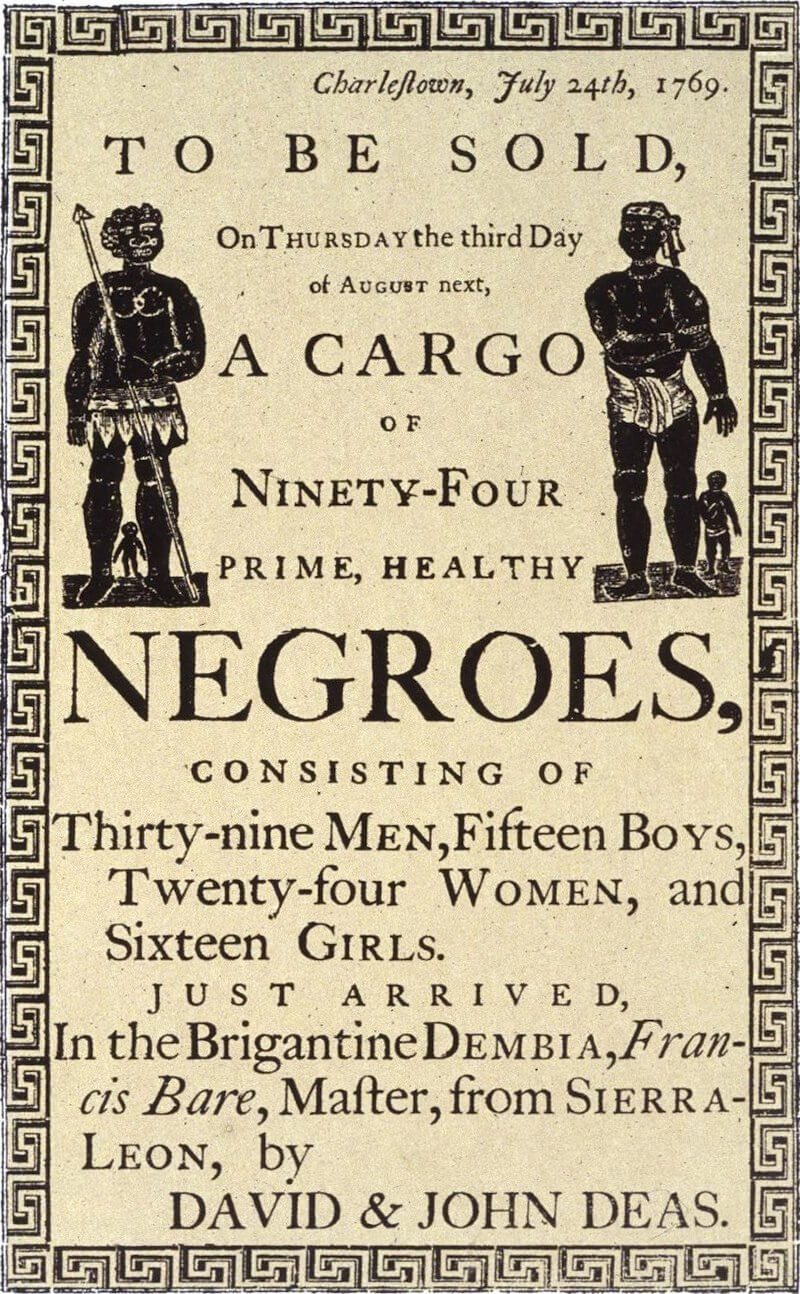
In contrast, the United States abolished slavery more than 70 years later in 1865, after a long and gruesome civil war. Even after that, however, racial inequality and tensions continued – some might say to this day. In fact, many make the claim that slavery in the US continues to this day through the prison labor system.
According to the 13th Amendment of the US constitutions – the same amendment that abolished slavery in 1865 – “Neither slavery nor involuntary servitude, except as a punishment for crime whereof the party shall have been duly convicted, shall exist within the United States.”
In other words, the US constitution itself recognized prison labor as a form of slavery and continues to allow it to this day. So, when you consider the fact that there are over 2.2 million incarcerated people in federal, state, and private prisons in the US and almost all able-bodied inmates perform one type of work or another, that’d literally mean that there are still millions of slaves in the US today.
Slavery in Other Parts of the World

We often talk exclusively about the western colonial empires and the US when we talk about the modern history of slavery and its abolition. How does it make sense to praise these empires for abolishing slavery in the 19th century, however, if many other countries and societies never even adopted the practice even when they had the means to? And, of those that did – when did they stop? Let’s go over most of the other major examples one by one.
While we rarely discuss this topic, China did have slaves through large parts of its history. And it has taken various forms over the years. Using prisoners of war as slaves was a practice that existed in the oldest recorded history of China, including in the early Shang and Zhou dynasties. It then expanded further during the Qin and Tang dynasties a couple of centuries before the Common Era.
Slave labor continued to be instrumental in the establishment of China until it began to decline during the 12th century AD and the economic boom under the Song dynasty. The practice resurged once again during the Mongolian and Manchu-led Chinese dynasties in the late Medieval period, which lasted until the 19th century.
As the Western world strived to abolish the practice for good, China began exporting Chinese workers to the US, as the abolition of slavery there had opened up countless job opportunities. These Chinese workers, called coolies, were transported via large cargo ships, and weren’t really treated much better than the former slaves.
Meanwhile, in China, slavery was officially declared illegal in 1909. The practice continued for decades, however, with many instances recorded as late as 1949. Even after that and into the 21st century, instances of forced labor and especially sexual slavery can be seen all throughout the country. As of 2018, the Global Slavery Index estimated that some 3.8 million people to continue to be enslaved in China.
In comparison, China’s neighbor Japan had a much limited but still quite major use of slaves throughout its history. The practice started during the Yamato period in the 3rd century AD and was officially abolished 13 centuries later by Toyotomi Hideyoshi in 1590. Despite this early abolition of the practice compared to Western standards, Japan did have another foray into slavery before and during the Second World War. In the decade and a half between 1932 and 1945, Japan both used war prisoners as slaves and employed the so-called “comfort women” as sex slaves. Fortunately, the practice was once again banned after the war.
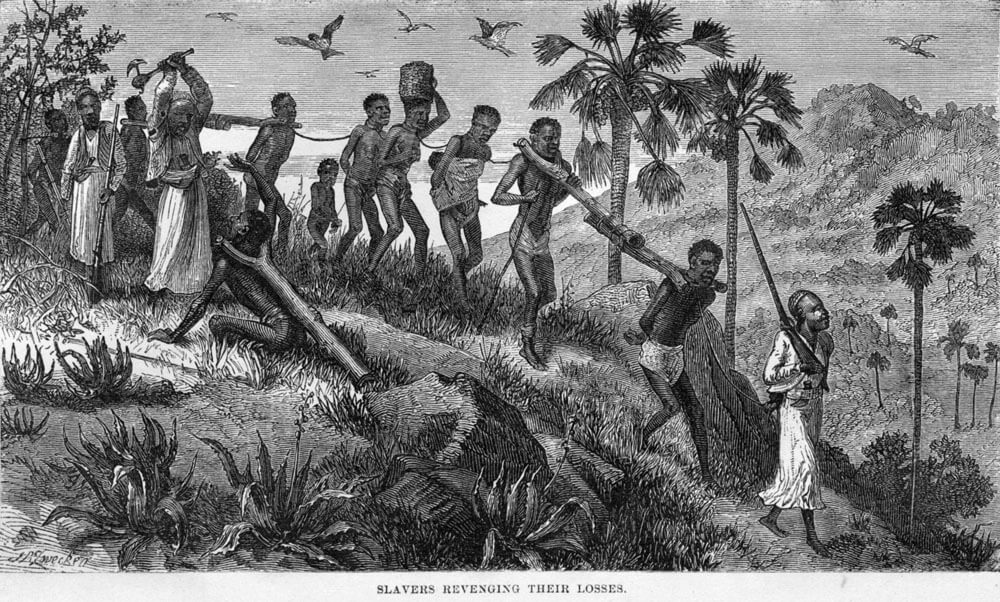
A little to the west, another ancient empire has a much more contested and contradictory history with slavery. India is said by some to have never had slaves during its ancient history while other claims that slavery was widespread as early as the 6th century BCE. The difference of opinion stems largely from the different translations of words such as dasa and dasyu. Dasa is typically translated as enemy, servant of god, and devotee, while dasyu is taken to mean demon, barbarian, and slave. The confusion between the two terms still has scholars arguing whether slavery existed in ancient India.
All that arguing was rendered meaningless once the Muslim domination of northern India began during the 11th century. The Abrahamic religion established slavery in the sub-continent for centuries to come with Hindus being the main victims of the practice.
Then came the colonial era when Indians were taken as slaves by European merchants via the Indian Ocean slave trade, also known as the East African or Arab slave trade – the less talked about alternative of the transatlantic slave trade. Meanwhile, African slaves were imported into India to work in the Portugal colonies on the Konkan coast.
Eventually, all slave practices – import, export, and possession – were outlawed in India by the Indian Slavery Act of 1843.
If we look at the pre-colonial Americas and Africa, it’s clear that slavery had existed in these cultures as well. North, central, and south American societies alike employed war captives as slaves, although the exact magnitude of the practice is not fully known. The same applies to central and south Africa. Slavery in North Africa is well-known and recorded.
This does make it sound as if all major countries in the world had slavery at one point or another. Yet, there are some notable exceptions. The Russian Empire, for example, for all its conquest over the past one thousand years, never really resorted to slavery as a major or legalized aspect of its economy and societal order. It did have serfdom for centuries, however, which served as the bases of the Russian economy instead of slavery.
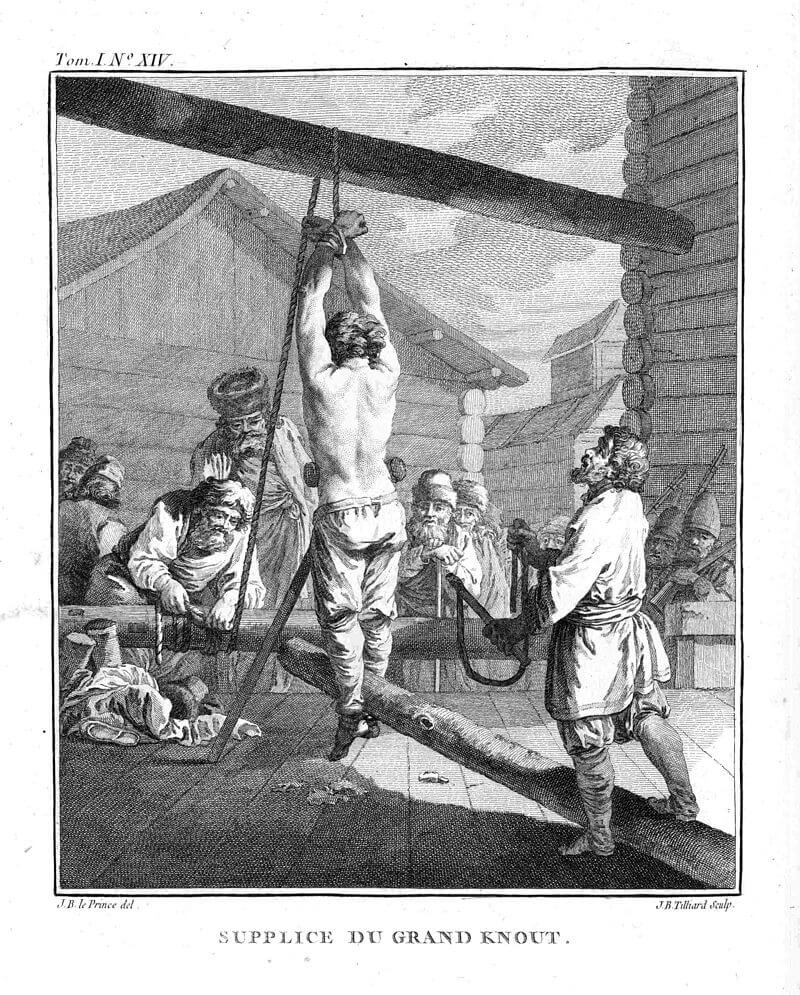
Other old European countries such as Poland, Ukraine, Bulgaria, and some others also never really had slaves even though they boasted large local and multi-cultural empires in the Middle Ages. Switzerland, as a fully land-locked country, also never had slaves. Interestingly, this is also why Switzerland doesn’t technically have any legislation prohibiting the practice of slavery to this day.
Wrapping Up
So, as you can see, the history of slavery is almost as long, painful, and convoluted as the history of humanity itself. Despite being officially banned throughout the world, it continues to exist in various forms. Human trafficking, debt bondage, forced labor, forced marriages, prison labor, and – one might say – even the starvation wages labor that exists in most countries – can all be seen as forms of slavery.
Will we ever manage to rid ourselves of this stain on human history? That remains to be seen. The more pessimistic of us might say that as long as a profit motive exists, those at the top will continue to exploit those at the bottom. Maybe cultural, educational, and moral advances will solve the issue eventually but that’s yet to happen. Even people in the supposedly slavery-free Western countries continue to benefit knowingly from prison labor and the cheap labor in the developing world so we certainly have more work ahead of us.





